Event Summary
Transport + Infrastructure | Local voices needed to make reform work
With the Williams-Shapps “Plan for Rail” White Paper freshly published, and the Covid-19 pandemic having given a tantalising glimpse of car-free city streets, what are the big goals for the region in transport?
Two panels of experts discussed the big issues around transport and infrastructure in the North West in an online Place North West event, sponsored by Waterman and BECG and chaired by Place editor Sarah Townsend.

Presentation – Tom Stannard, chief executive, Salford City Council
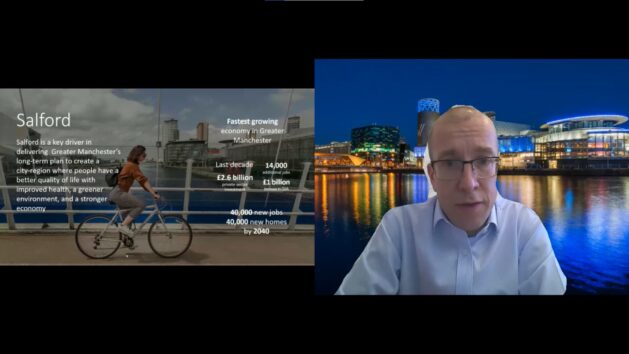
Stannard talked about transport supporting inclusive economies in what is Greater Manchester’s fastest-growing economy, or “mobility for wellbeing as much as economic gain,” improving access in and around areas such as Little Hulton, Walkden and Irlam, and also making transport key to the success of the “Salford Innovation Triangle” between MediaCityUK, Salford Crescent and Salford Royal, with a Metrolink extension.
He said: “The Salford Rise scheme in the Crescent is a strong vision of a transport hub, linking heavy and light rail, a cycle hub, good end of trip facilities. It can be a pivotal gateway and decarbonise the whole environment.”
Panel One – Transport for growth – delivering in a post-Covid world
Andy Heath, managing director, Merseyrail
Tim Foster, interim strategy and programme director, Transport for the North
Cllr Hans Mundry, executive member for transport, Warrington Council
Tom Stannard, chief executive, Salford City Council
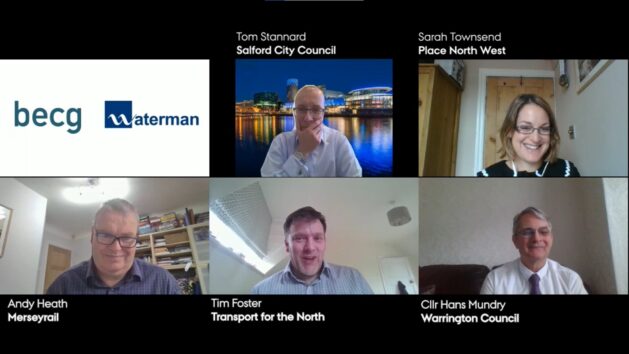
Tim Foster welcomed the publication of Williams-Shapps, saying “bringing together track and train, finally having a plan for the railways and having some accountability is a good step”.
However, he said, there is a “disconnect we’re finding in decisions on infrastructure and services” while questions remain on planning confidently post-Covid.
He said: “There’s a lot to welcome, and we can start to plan rail network as a single whole over a long period of time and integrate everything. At this stage, it’s light on how it will happen; and also it refers a lot to retaining existing regional structures – this worries us because the key concerns for the north are east-west connectivity.
“We need the Integrated Rail Paln to be published, because without it we don’t have the ability to move Northern Powerhouse Rail forward. The Transpennine project is starting, but it’s still a badly delayed piece of work that we don’t have enough certainty on.”
Cllr Hans Mundry said: “The goal for us is offering Warrington people that level of connectivity that allows them to access the jobs they need, to say ‘you don’t’ have to leave to progress your career’.
“On a local level, we’ve put a lot of work into improving cycleways, to encourage journeys of less than a mile into the town centre to leave the car at home.” Partly, Warrington’s car-dependency comes from New Town infrastructure not fully seen through, Mundry said, work that is now being committed to.
He added: “On the rail plans, what the detail is short on is where TfN fits in and where’s the funding coming from? It always comes down to someone in the background to make the decisions, and it won’t happen in the way we want without that central support. We need more than an equal share to even things up.”
Andy Heath said: “The question is how do we galvanise people into using public transport more? There was an 80% reduction in use this time last year, the Government had to step in and support the operating companies to keep trains running – there are issues, some recent franchises have just gone to the incumbent with no one else bidding.
“We all recognise the way people work has changed, and home-working will maybe become ‘half the norm’.
“The good thing with Williams-Shapps is clear leadership and structure. There needs to be more scope for local teams working closely with regional authorities, making sure investment goes where it should.”
Tom Stannard added: “People working from home more doesn’t mean less mobility, it just means different mobility. It’s a good time for the inclusive growth challenge conversation. Covid is making us rethink everything.
“The Government is fond of talking about nationally significant projects, and much of this is similar to the debate on reorganising health services: if the funding doesn’t follow the levelling-up agenda, we’ll still be having these same conversations in ten years’ time.”
Presentation – Ernst ter Horst, Feilden Clegg Bradley
“The cost of travelling by car is going down, the cost of public transport is going up, there are more cars on the same number of roads – we do need to get people back on public transport. There is a big air quality problem in our cities.
“Greater Manchester is leading well on walking and cycling, but there’s a cultural shift required. We’re working on reimagining Stretford with Trafford and Bruntwood, and things there are issues elsewhere: the legacy of a retail world that needs to change. The partnership model is vital in including the necessary social infrastructure. We need to make more of assets such as the waterside and former parking spaces.”
Panel Two
Anthony Hatton, director of strategic projects, Peel L&P
Claire Haigh, chief executive, Greener Transport Solutions
Cllr John Blundell, cabinet member for a thriving economy, Rochdale Council
Ernst ter Horst, associate, Feilden Clegg Bradley
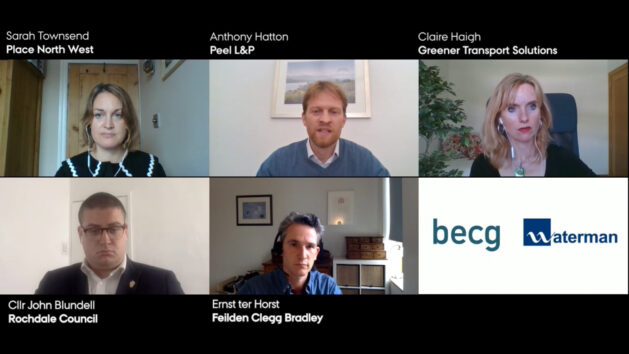
Transport infrastructure, it goes without saying, is an essential component of the North West’s future economic growth. How are the region’s key projects progressing?
Anthony Hatton said: “We’ve been doing a lot of work with Trafford and Salford councils in particular on upgrading the Bridgewater Way, a great community asset for leisure and to some extent commuting, now we’re in for planning on the Barton swing bridge, one of the missing links.
“The rail terminal at Port Salford is an important project for us, it’s been in the pipeline for some time and we’re now getting close to finalising finance and starting work later this year.
“Is decarbonisation realistic? In the first instance we have to create a network that works, and assets that are optimised. Metrolink is a fantastic asset but doesn’t go far enough, we need orbital routes, we also need to look at guided busways, demand-responsive travel, building a 24/7 network.
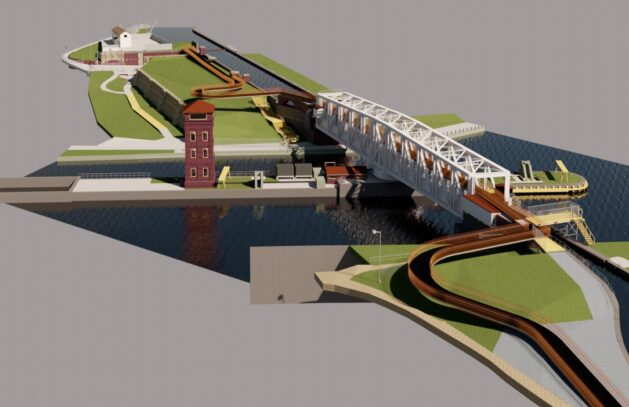
3D model view from Chapel Place of proposed Barton Aqueduct Green Link. c. Peel L&P
“Fundamentally it comes own to energy, the cost of EV rollout, if we can get enough of a finite resource to make batteries. The hydrogen question comes into play. As the cost of energy changes the taxing of air quality and carbon is changing.
“We talk about cities a lot, but we’re in danger of ignoring outer urban areas, small towns, rural areas. They still see the car as the only option, so we can’t leave those areas behind.”
Claire Haigh said: “Transport is the fastest growing source of greenhouse gases, and as COP26 host we need a good story to tell. The target of 78% reduction by 2035 puts UK at the forefront of ambition, but now we need a plan to go with it.
“Achieving net zero will require changing every aspect of our transport planning. It can’t happen without changes in the wider economy: land use planning, energy, green finance. Tech solutions alone are not sufficient, we need behaviour change. Fares and taxes should encourage low-carbon choices – we’ve got to ensure the transition to net zero is fair. We’re simply not going to achieve targets without getting people out of the car.
“We’ve got to strengthen devolution, to allow integrated long-term planning, it will drive faster delivery. The direction of travel away from devolution, decisions being sucked back into central Government, is a worry.”
For Cllr John Blundell and Rochdale, transport lies at the heart of its neighbourhood regeneration plans:
“Our Rochdale Rail Corridor strategy is about getting 7,000 homes built close to our railway stations, repurposing sites that were built for proximity to a freight railway, relocating existing users to more appropriate sites, and regenerating those areas as hubs in themselves.
“I agree there’s a need for greater devolution: even with the levelling-up fund, Future High Streets, it’s a very top-down way of delivering plans to local areas.
“People are having to shoehorn their existing objectives into defined funding pots, and it’s inefficient and unresponsive to local needs. Any transport plans need to have local people on board with masterplans.”
Changing transport behaviours, said Ernst ter Horst, wont’ happen overnight. He said “Car usage is huge, people find comfort in it. It’s difficult to reduce that. People like the idea of low-traffic neighbourhoods, but also want to be able to drive where they like. We need better intelligence of the reasons for journeys, how we approach that last mile distribution question.
“Greater Manchester’s integrated bus network is exciting, and it would be good to see integration across trams and trains too, one network, including e-scooters and bikes at stations. This is progressing, albeit with some frustration. Andy Burnham and Chris Boardman seem to really get this, so we need to keep it going.”
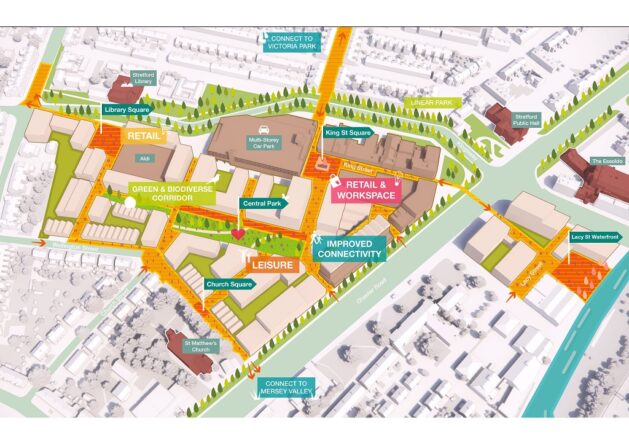
Stretford town centre is undergoing a major rethink
- The next Place North West event is in-person on 24 June: Cheshire Development Update. Digital livestream tickets are also available.


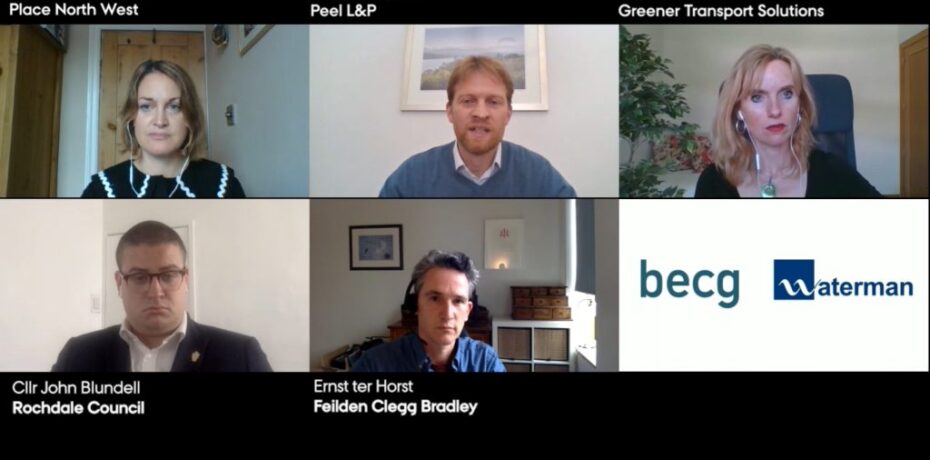
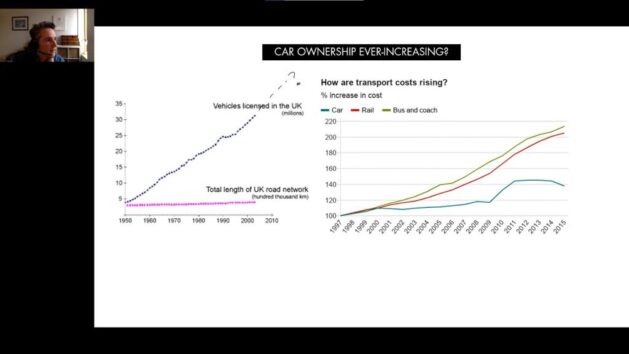
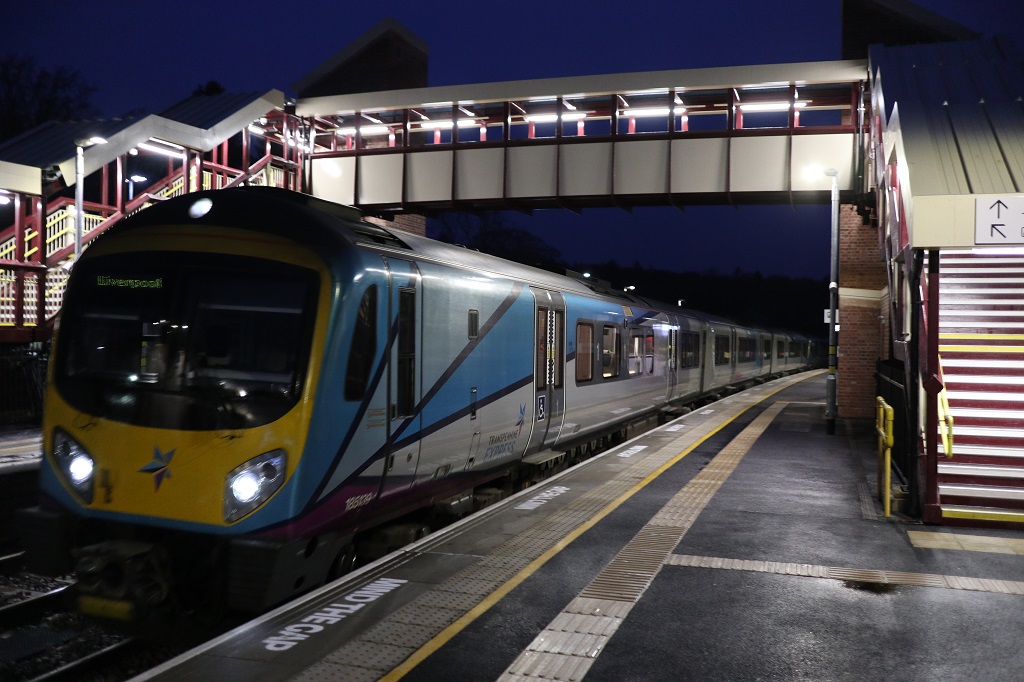
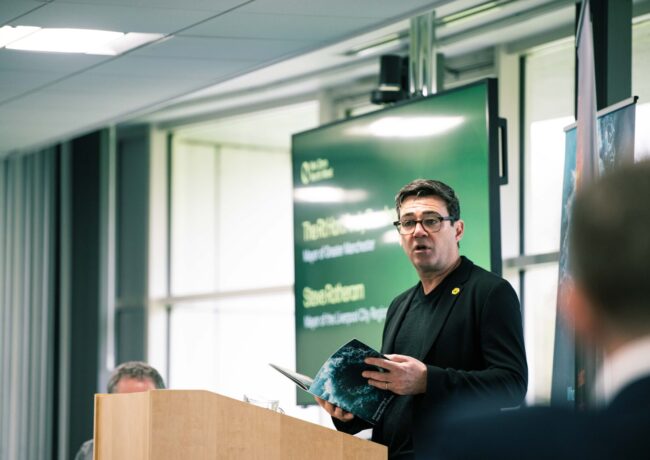
without the political will to engage with cpo’s the ability to reconfigure lrge urban areas to meet future needs will take too long to give us a meaningful difference to meet targets.
By Alan